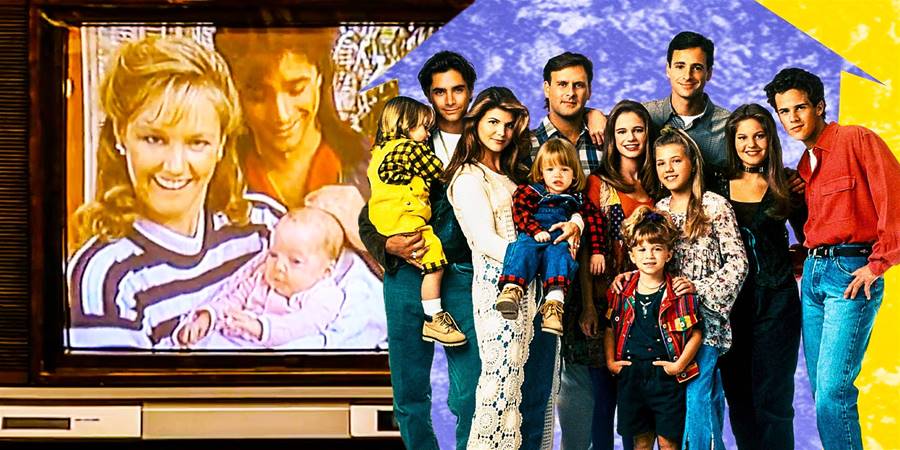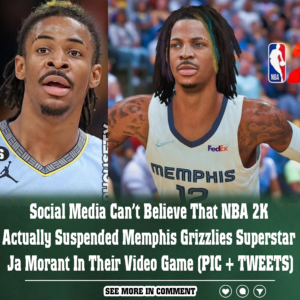Imagine this: It’s the ’80s and ’90s, and “Full House,” a family comedy, is taking TV by storm. But, wait for it – this isn’t your average laugh track sitcom. The show dives deep into the lives of the Tanners in San Francisco, led by single dad Danny Tanner, juggling life with his three daughters – DJ, Stephanie, and Michelle. The twist? It’s not all sunshine and rainbows.
Fast forward to 2016, and bam! The Tanners are back in “Fuller House,” a Netflix spin-off. But here’s the kicker: despite the familiar setting, the new show couldn’t quite match the original’s blend of charm and dark themes.

Now, let’s get real. “Full House” wasn’t afraid to go dark. Remember DJ’s secret hardcore diet? It was a raw look at unhealthy beauty standards, ending with a dramatic fainting episode. And Stephanie wasn’t spared either, grappling with societal pressures and peer pressure – the stuff of real teenage nightmares.
But wait, there’s more. The plot thickens with Papouli’s death, hitting Jesse and Michelle hard. And Stephanie? She’s thrown into a whirlwind of PTSD after an earthquake, clinging to her dad like a lifeline.
So, what’s the takeaway? “Full House” was a trailblazer, boldly exploring the gritty realities of life with a sensitivity that kept us hooked. It was more than just a sitcom – it was a mirror to the highs and lows of parenting, all wrapped up in that unforgettable Tanner charm.
News
Test đẩy bài từ cms
Test đẩy bài từ cms, xóa sau khi dùng.
Draymond Green Reacts to Fans Calling For Ja Morant’s Arrest & Calling Him A Thug: ‘Why Are You On Instagram Live So Much?’(VIDEO)
After Ja Morant’s second gun incident in a matter of months, a bunch of people took to social media and stated that the Memphis Grizzlies superstar should serve…
Former Teammate Of LeBron James Reveals The Superstar’s “Trigger Word” That Always Makes Him Snap (VIDEO)
ATLANTA, GEORGIA – JANUARY 30: LeBron James #23 of the Los Angeles Lakers holds his knee after falling against the Atlanta Hawks during the third quarter at State Farm…
Social Media Can’t Believe That NBA 2K Actually Suspended Memphis Grizzlies Superstar Ja Morant In Their Video Game (PIC + TWEETS)
A lengthy suspension for Ja Morant is likely on the way as the NBA gathers all the details from his latest controversy on Instagram Live. Morant seemed to be…
NBA Fans Think Adult Star Lana Rhoades Called Out Nuggets Player (Who May Be Her Baby Daddy) For Having Small WeeWee
Some NBA fans think Lana Rhoades was hoping for an extra inch or two and torched an NBA player now rumored to be the father of her…
Compelling Video Exposes How Celtics-Heat Game 6 Was “Rigged” For Boston (VIDEO)
MIAMI, FLORIDA – MAY 27: Jimmy Butler #22 of the Miami Heat shoots a foul shot against the Boston Celtics during the fourth quarter in game six of the…
End of content
No more pages to load










